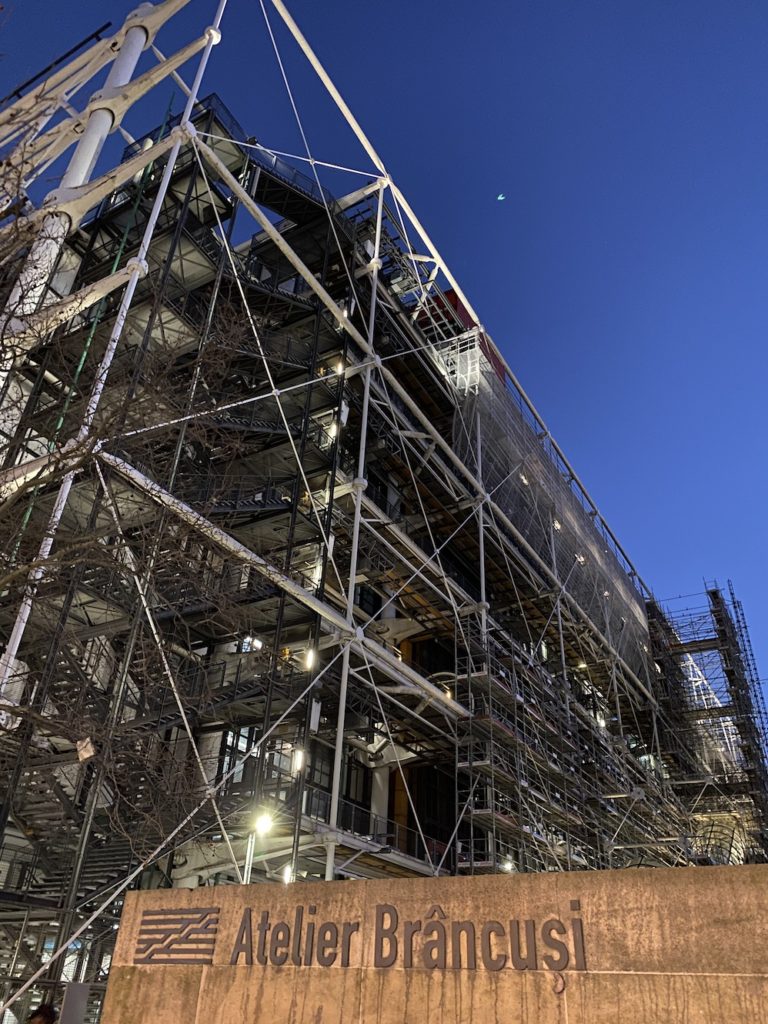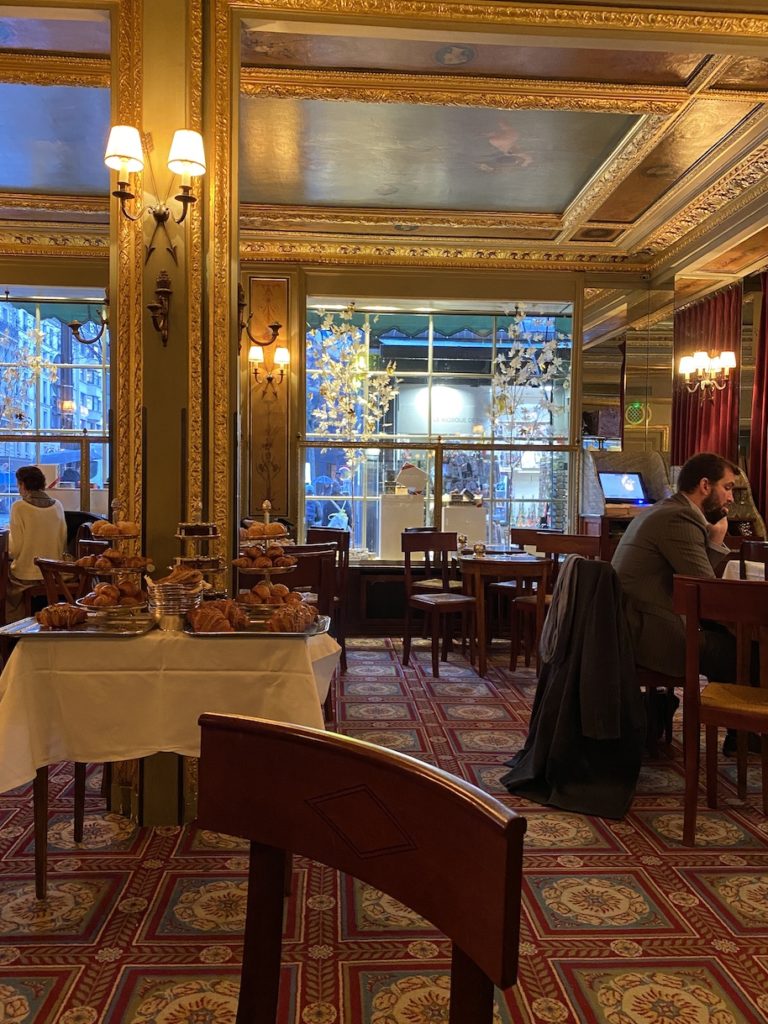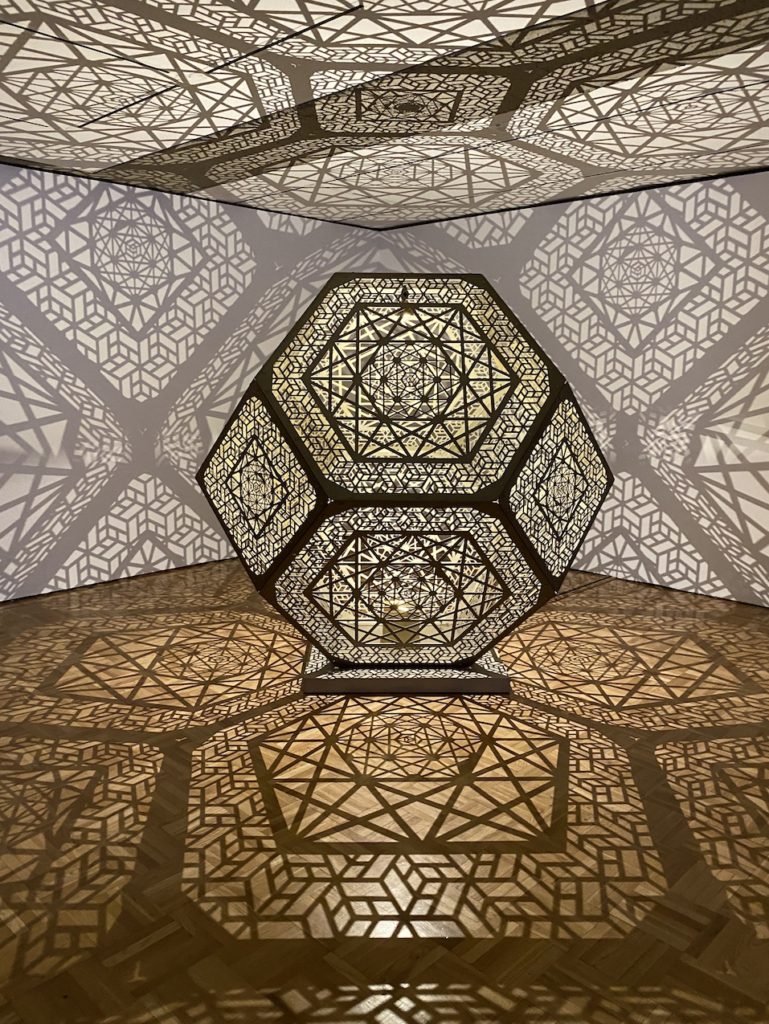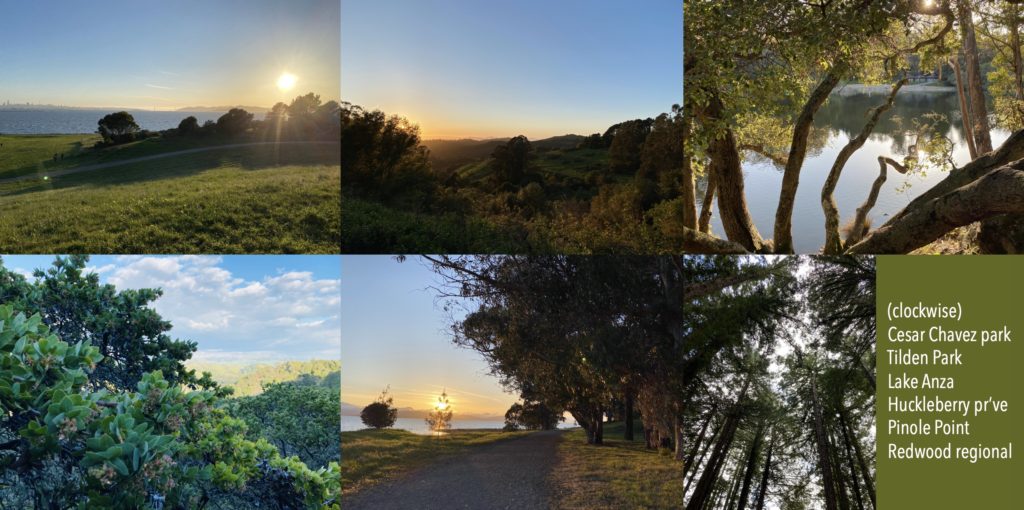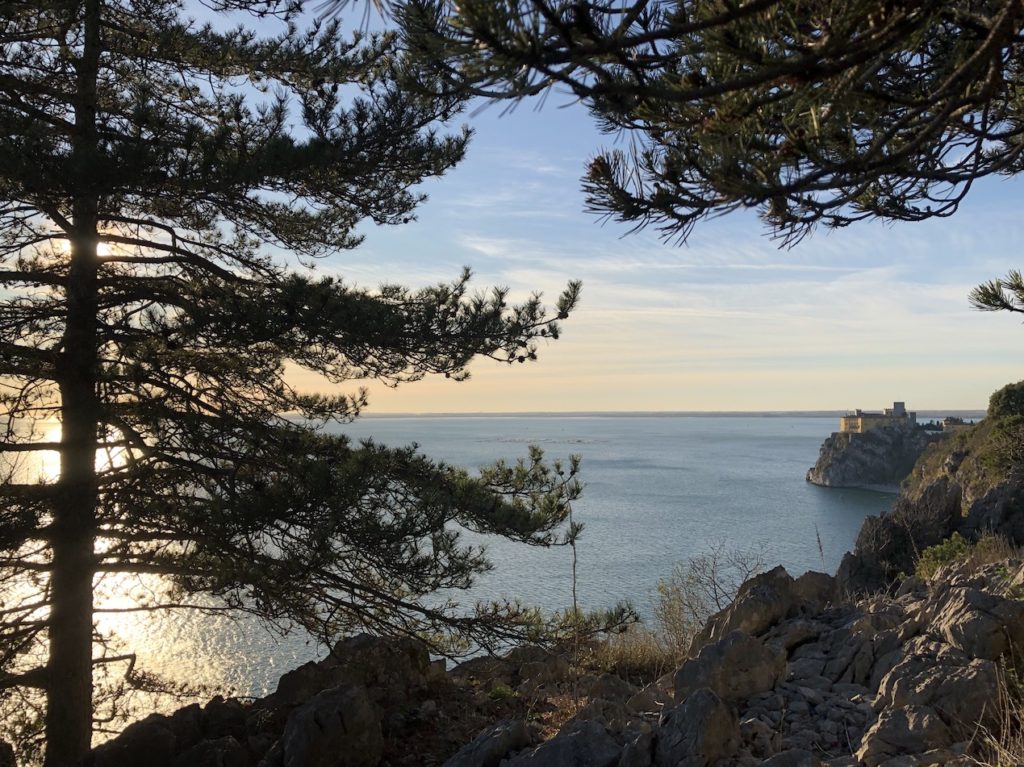Because we’re in time of covid, it’s good to look back at the beauty of a vibrant city and all the things we miss. Here’s guide I made for a friend, and shared with a few others when they asked me what should the absolutely not miss in Paris. Enjoy!
Here are a few addresses you might want to look up during your stay in Paris, that will not be in tourist guides:)Subluminal
Slower than the speed of light, but not by much
Category Archives: science
Earth Day
Today is Earth Day, a celebration of Earth and the environment started fifty years ago. This year, as the covid-19 pandemic upends the regular unfolding of the world, we can step back and ask how what we learn from the current crisis can help us scientists make science better and more efficient to curb climate change and its consequences.
 Here’s a set of eight question to ponder about this, and some preliminary thoughts gleaned during a forum@ESA.1. The interdependence of the supply chain has become very apparent. Can we make the case for renewable energy in terms of resilience of systems?Solar energy is the only form of energy available everywhere on the planet: all others need to be transported and transferred. Geothermal energy should also be tapped (it is essentially low grade solar energy!)2. The dramatic reduction of activity in urban centers has brought back clean air in some cities for the first time in decades. Can we envision a world without emission, from energy production to energy use?Cars on the road have the most impact – we need to switch to switch transportation modes. We could have electrical energy on tracks, some flavor of autonomous driving could quickly provide modular transportation schemes. We also need to change how some cities are built, to make it easier to have common transportation (relative location of schools, business and housing)3. The current covid-19 crisis is global, and scientists have broken paywalls and started new collaborations with their peers around the globe. What can we learn from this, and promote meaningful collaborations?Open Access is on the rise (Project DEAL, Plan S, White House Open Access plan.) Wikipedia is a great resource, completely under-used; it seems that it stems from the issue of ownership (who gets to write on who? and who gets the credit for this work?) We can also rethink research tools, to make them more efficient and more collaborative. The way academia is organized (race to tenure, etc.) may hamper collaboration and therefore innovation.4. The global economy has been hit severely, and it will be important to promote new economic activity when the outbreak will be over. How can energy technologies inform policies and shape capital projects?We could build mass transportation system, with initiatives similar to the New Deal (infrastructure is manual labor intensive.) Science can help to find which are the most effective or efficient ways (data science and machine learning.) Scientists could work in tandem with civil engineers, maybe using their school network to reconnect. There should be incentives for scientists to do so.5. The disruption school year has taken a toll on kids and parents alike. How can scientists engage with students, when the distance is measured in bits per seconds rather than miles?It would be good to reuse and repurpose older devices. There could be an open OS for discarded devices that would provide minimal functions (video conferencing, calculator, etc.) Scientists should also learn to mentor without physical presence (though one-on-one interaction is important), and therefore allow more frequent interactions, over larger distances.6. When resources are lacking – masks, ventilators,– engineers and scientists devise creative ways to fill the need using available resources and altering them. How could we repurpose existing facilities to help with climate change?7. The shelter-in-place is difficult to negotiate, but as anthropogenic emission of CO2 affects the environment, it may become routine. How can we fix the harm done using science and technology?8. There is a lot of contradictory information being circulated around the epidemic. How can scientists help disseminate information and prevent the spread of alternative facts? In addition, here are some historical and current resources on Climate Change:
Here’s a set of eight question to ponder about this, and some preliminary thoughts gleaned during a forum@ESA.1. The interdependence of the supply chain has become very apparent. Can we make the case for renewable energy in terms of resilience of systems?Solar energy is the only form of energy available everywhere on the planet: all others need to be transported and transferred. Geothermal energy should also be tapped (it is essentially low grade solar energy!)2. The dramatic reduction of activity in urban centers has brought back clean air in some cities for the first time in decades. Can we envision a world without emission, from energy production to energy use?Cars on the road have the most impact – we need to switch to switch transportation modes. We could have electrical energy on tracks, some flavor of autonomous driving could quickly provide modular transportation schemes. We also need to change how some cities are built, to make it easier to have common transportation (relative location of schools, business and housing)3. The current covid-19 crisis is global, and scientists have broken paywalls and started new collaborations with their peers around the globe. What can we learn from this, and promote meaningful collaborations?Open Access is on the rise (Project DEAL, Plan S, White House Open Access plan.) Wikipedia is a great resource, completely under-used; it seems that it stems from the issue of ownership (who gets to write on who? and who gets the credit for this work?) We can also rethink research tools, to make them more efficient and more collaborative. The way academia is organized (race to tenure, etc.) may hamper collaboration and therefore innovation.4. The global economy has been hit severely, and it will be important to promote new economic activity when the outbreak will be over. How can energy technologies inform policies and shape capital projects?We could build mass transportation system, with initiatives similar to the New Deal (infrastructure is manual labor intensive.) Science can help to find which are the most effective or efficient ways (data science and machine learning.) Scientists could work in tandem with civil engineers, maybe using their school network to reconnect. There should be incentives for scientists to do so.5. The disruption school year has taken a toll on kids and parents alike. How can scientists engage with students, when the distance is measured in bits per seconds rather than miles?It would be good to reuse and repurpose older devices. There could be an open OS for discarded devices that would provide minimal functions (video conferencing, calculator, etc.) Scientists should also learn to mentor without physical presence (though one-on-one interaction is important), and therefore allow more frequent interactions, over larger distances.6. When resources are lacking – masks, ventilators,– engineers and scientists devise creative ways to fill the need using available resources and altering them. How could we repurpose existing facilities to help with climate change?7. The shelter-in-place is difficult to negotiate, but as anthropogenic emission of CO2 affects the environment, it may become routine. How can we fix the harm done using science and technology?8. There is a lot of contradictory information being circulated around the epidemic. How can scientists help disseminate information and prevent the spread of alternative facts? In addition, here are some historical and current resources on Climate Change:
- Silent Spring, Rachel Carson
- Soft Energy path, Amory Lovins
- Sustainable Energy without The Hot Air, David McKay
- Laudato Si, Pope Francis
- Powering the Dream, Alexis Madrigal
I also made a thread about Berkeley Lab Art Rosenfeld on his Art of Energy Efficiency.
Continue readingKnow your Burning Man art
The world is burning with fear, and the best thing we can do is the burn the fear with arts – and that’s the central appeal of Burning Man.
Burning Man is a ten-day long arts festival in the desert, in Black Rock City, NV (a 4 hours drive from San Fransisco) and usually held at the end of August, where people come for the peculiar experience, littered with real life arts. This event is among the only in the world where people do art for the sake of art, without galleries or commissioning needed, thanks to its sheer scale and captive audience (70,000 people over a week.) There are many groups of artists preparing arts year long, in the hope to touch the heart of others; some even get commissioned and get to build real big stuff. Some of them may be ephemeral, but their legacy lives on.Associated acts
The influence of Burning man runs deep, especially in the Bay Area. For example, the lights blinking on the Bay Bridge (Bay lights) where partly an offshoot of a Burning Man project by Leo Villareal, whereas the “Day For Night” built on Jim Campbell’s experience. The latter recently had an exhibition at the Hosfelt gallery in San Francisco which was… illuminating.
The sculptor Marco Cochrane is also famous for the Bliss series, his large sculptures of iron mesh of dancing characters, found on Treasure Island and at festival in California.There was recently a very tiny retrospective of Burning Man arts at the Oakland Museum of California, No Spectator: The Art of Burning Man. It didn’t render the scale of the event, but it allowed people to get a sense of what’s happening there, and tell the history of the event. Continue reading
Hikes in the East Bay and the Bay Area
Hikes in the East Bay
- Cesar Chavez park (Berkeley Marina, 30min hike), stunning at sunset, great walks
- Fire Trail (Berkeley), entrance a little before Botanical garden (3h hike)
- Tilden Park (Berkeley hills): wild cat canyon hike, inspiration point (1h20 hike)
- Lake Anza (Berkeley hills): 30 min hike; It is gorgeous, and a place of quiet; excellent if you want to bring a book
- Huckleberry preserve (Berkeley/Oakland skyline boulevard, 1h hike)
- Mountain View cemetery (Oakland, 1h): great views of the bay, solemn setting but not spooky.
- Pinole Point (Richmond, 1h30 hike), wonderful at sunset
- Redwood regional park (1–2 hours) many trails, very varied landscapes
- Pinehurst East Ridge (start from Pinehurst Staging area – map)
- Briones Crest trail loop (Orinda, 4 hours, or Lafayette Ridge staging area is open. It’s a very long hike, and portions can be steep. Plan at least 3h!)
- Mt Diablo (Walnut Creek): stunning view of the highest peak in the Bay
- Angel island (daylong hike, you need to take the ferry from Tiburon) might be closed
Hikes in the greater Bay Area
You’ll need to drive a littlemore, but these are splendid hikes:
- Mt Tamalpais (Marin county, 1h30): beautiful hikes to the top.
- Cataract Falls (one of the best hikes, map, on the dipsea trail, seems closed too)
- Dipsea trail (from Mill Valley to Stinson Beach, 4h. beware: it seems closed, because it is too popular)
-
Pt. Reyes & Pt. Reyes Lighthouse (seems closed)Tomales Bay State Park and Tomales Point (seems closed)
- Russian River (usually you can rent canoes from late May to October, to go down the 10 mile stretch from Forestville to Gerneville. Maybe they’ll open. I LOVE this one. In the meantime, you may be able to enjoy wading in the river in a few locations; the drive is also quite nice)
- Bodega Bay Trailhead (1h from Berkeley, gorgeous sights of the ocean. A fav!)
- Mount St Helena (North of Napa, map, it seems closed for the time being:-/)
- Half Moon Bay (South bay, 45min from Berkeley – nice beaches, and the boardwalk is very beautiful. Start from Miramar and head South)
and here’s a few more: Best beginner hikes in the Bay Area!
* * *Additional suggestions:- Walking around lake Chabot.
- Tilden Park at full moon. Get the code for EBMUD lock for $5!
- Pt Reyes has 7 distinct ecosystems — totally great!
- Don’t miss Indian Rock in Berkeley, and the Mountain View Cemetery in Oakland
- Castle Rock in the southbay is a great place for hike
- if you happen to be on Highway 92 near Half-Moon Bay, don’t forget to stop at Sam’s Chowder
- Lake Almaden has nice, easy walks great for kids
You can also discover a lot of crazy place in Berkeley by just walking around in the streets:
https://www.berkeleyside.com/tag/quirky-berkeleyhttps://www.newyorker.com/business/currency/things-quirky-berkeleyYour favorite places, inspired by Berkeley Rep’s Place/Settings
Part 2: Your favorite places, inspired by Berkeley Rep’s Place/Settings
I trawl the terahertz
Last year I’ve discovered Paddy McAloon’s re-edition of “I Trawl the Megahertz” (published as Prefab Sprout) in happenstance. I was listening to Spotify, and this beautiful instrumental piece showed up, with hesitating strings and a cold voice, which was not too dissimilar to Woodkid’s On Then and Now which I had been drawn to earlier in the season.
This gradually became my favorite album of the year (other great songs are in there, such as I’m 49.) Now that the virus is crawling and the internet functions at the Terahertz speeds, we’ve gone full circle. Continue readingLight sources around the world
Over the last two years, I had a chance to visit a few synchrotron around the world!
Here’s my fav list:- Best view:@advlightsource
- Best music:@advancedphoton
- Best location:@synchroSOLEIL
- Best architecture: Swiss Light Source @psich_en
- Best interior design:@elettrasincro
- Best food: Taiwan Photon Source #NSRRC
Now I need to visit:
- Diamond Light Source (near Oxford, UK),
- MaxIV (Lund, Sweden) and the
- European Synchrotron Radiation Facility (Grenoble, France)
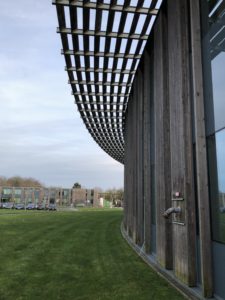 SOLEIL synchrotron (near Paris, France)
SOLEIL synchrotron (near Paris, France)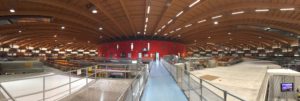 Swiss Light Source (Paul Scherrer Institute, near Zurich)
Swiss Light Source (Paul Scherrer Institute, near Zurich)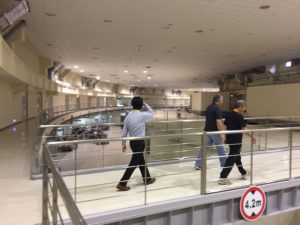 Taiwan Photon Source (Hsinchu, Taiwan)
Taiwan Photon Source (Hsinchu, Taiwan)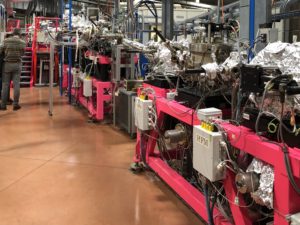 Elettra sincotrone (Trieste, Italy) – with Luca Gregoratti
Elettra sincotrone (Trieste, Italy) – with Luca Gregoratti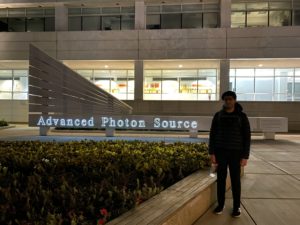 Advanced Photon Source, Argonne National Laboratory (near Chicago, IL) – with Gautam Gunjala (UC Berkeley)
Advanced Photon Source, Argonne National Laboratory (near Chicago, IL) – with Gautam Gunjala (UC Berkeley)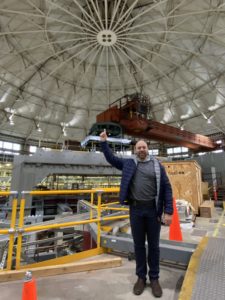 Advanced Light Source Lawrence Berkeley National Lab (near San Francisco, CA) – with Claudi Mazzoli (from NSLS-II, Brookhaven)
Advanced Light Source Lawrence Berkeley National Lab (near San Francisco, CA) – with Claudi Mazzoli (from NSLS-II, Brookhaven)
Most notable science and technology from the last 20 years, and predictions for the next 20
Here is a selection of the most notable advances in science and technology over the last twenty years.
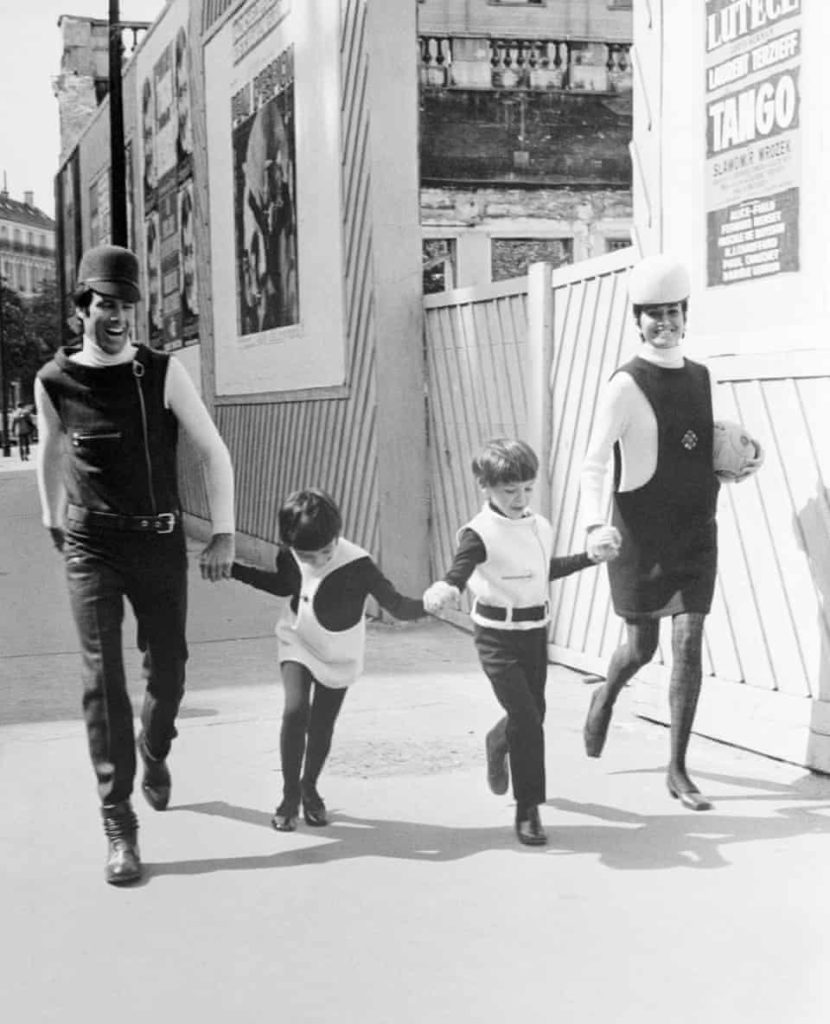 I’ve collected these from people working around me (there may be a Berkeley Lab or Optics bias!) or by looking at what around me had made life different (a an Academic life or California bias!) They are listed in no particular order, but the ordering tries to highlight some relationship between the topics. Continue reading
I’ve collected these from people working around me (there may be a Berkeley Lab or Optics bias!) or by looking at what around me had made life different (a an Academic life or California bias!) They are listed in no particular order, but the ordering tries to highlight some relationship between the topics. Continue reading
ALS-U CD-3A
We were awarded CD-3A, yay!
Amazing team, and amazing project:)
On Dec. 23 the DOE granted approval for a key funding step that will allow the project to start construction on a new inner electron storage ring. Known as an accumulator ring, this inner ring will feed the upgraded facility’s main light-producing storage ring, and is a part of the upgrade project (ALS-U)
[…]Powerful arrays of magnets bend the beam of electrons, causing it to emit light that is channeled down dozens of beamlines for experiments in a wide range of scientific areas – from physics, medicine, and chemistry to biology and geology. More than 2,000 scientists from around the world conduct experiments at the facility each year.[…]The ALS-U project will keep the facility at the forefront of research using “soft” X-rays, which are well-suited to studies of the chemical, electronic, and magnetic properties of materials. Soft X-rays can be used in studies involving lighter elements like carbon, oxygen, and nitrogen, and have a lower energy than “hard” X-rays that can penetrate deeper into samples.It will also expand access to “tender” X-rays, which occupy an energy range between hard and soft X-rays and can be useful for studies of earth, environmental, energy, and condensed-matter sciences.
Milestone in Advanced Light Source Upgrade Project Will Bring in a New Ring
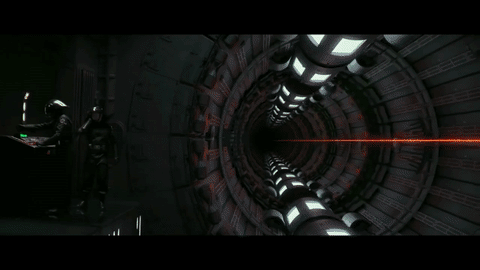
There ends the 2020s
The first two decades of the twenty first century are over! I’ve spent more than half of my life there, and here’s a very incomplete list of what I admired the most in the creative genius of the human mind!
20 Best Movies
20 Best albums
The XX – XX Continue reading
Hard Duino
I was in Trieste for a conference, and one afternoon after the conference was finished I went 20 minute North, on the path between Duino and Sistiana where Rilke liked to stroll. How beautiful!
And yet how much more human is the dangerous in security that drives those prisoners in Poe’s stories to feel out the shapes of their horrible dungeons and not be strangers to the unspeakable terror of their cells. We, however, are not prisoners. No traps or snares have been set around us, and there is nothing that should frighten or upset us. We have been put into life as into the element we most accord with, and we have, moreover, through thousands of years of adaptation, come to resemble this life so greatly that when we hold still, through a fortunate mimicry we can hardly be differentiated from everything around us. We have no reason to harbor any mistrust against our world, for it is not against us. If it has terrors, they are our terrors; if it has abysses, these abysses belong to us; if there are dangers, we must try to love them. And if only we arrange our life in accordance with the principle which tells us that we must always trust in the difficult, then what now appears to us as the most alien will become our most intimate and trusted experience. How could we forget those ancient myths that stand at the beginning of all races, the myths about dragons that at the last moment are transformed into princesses? Perhaps all the dragons in our lives are princesses who are only waiting to see us act, just once, with beauty and courage. Perhaps everything that frightens us is, in its deepest essence, something helpless that wants our love.
Letter to a young poet #8 – Rainer Maria Rilke
